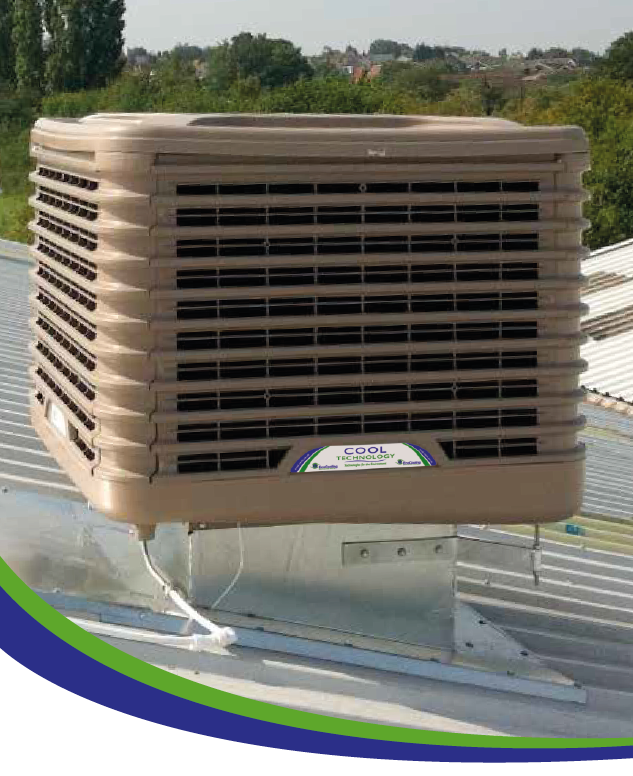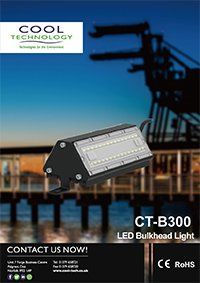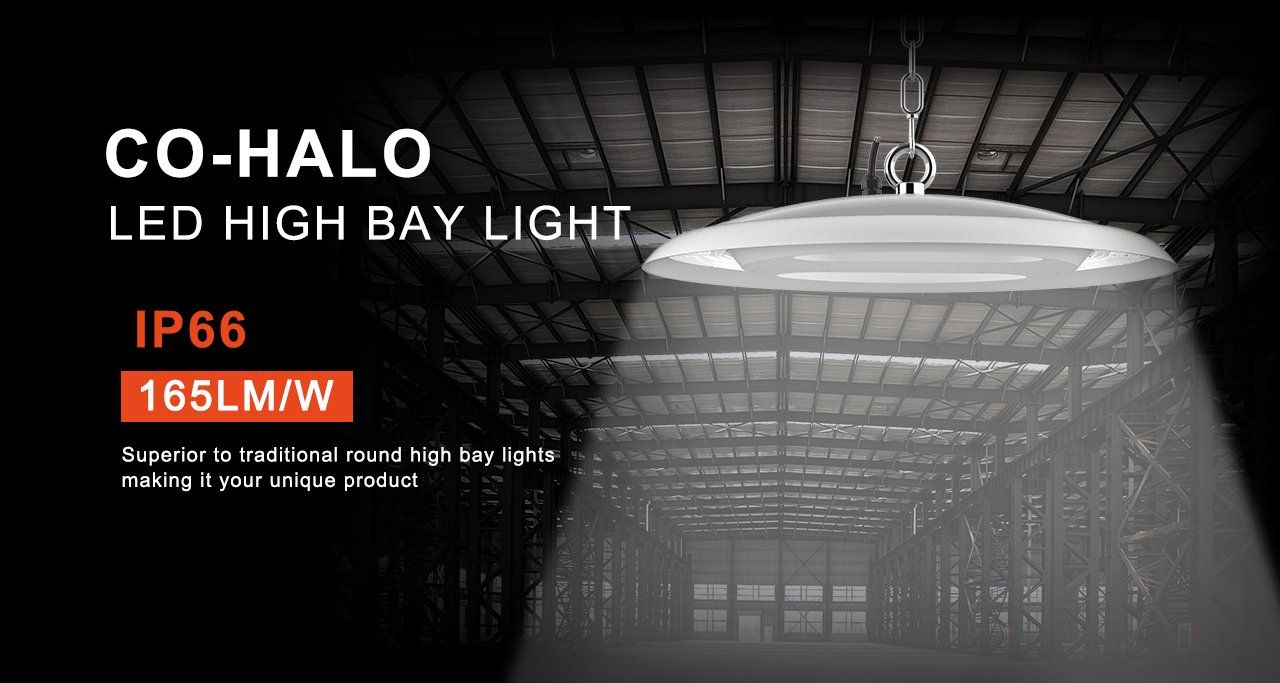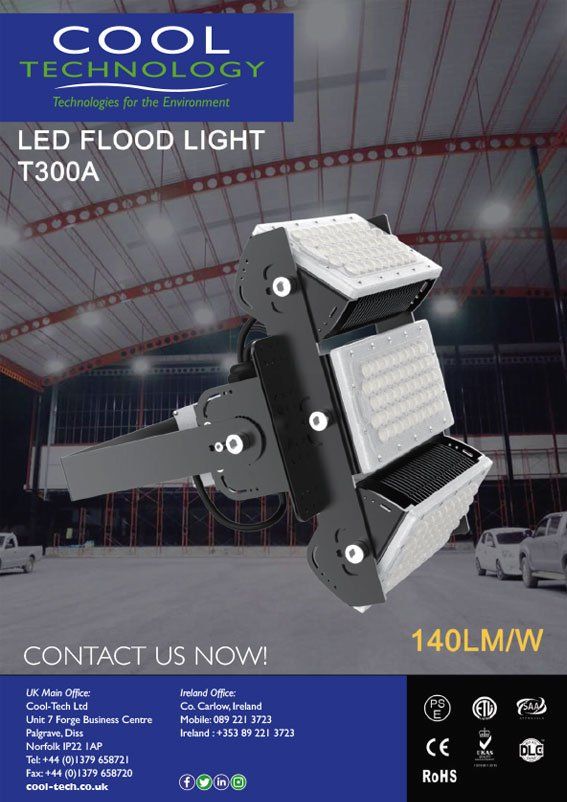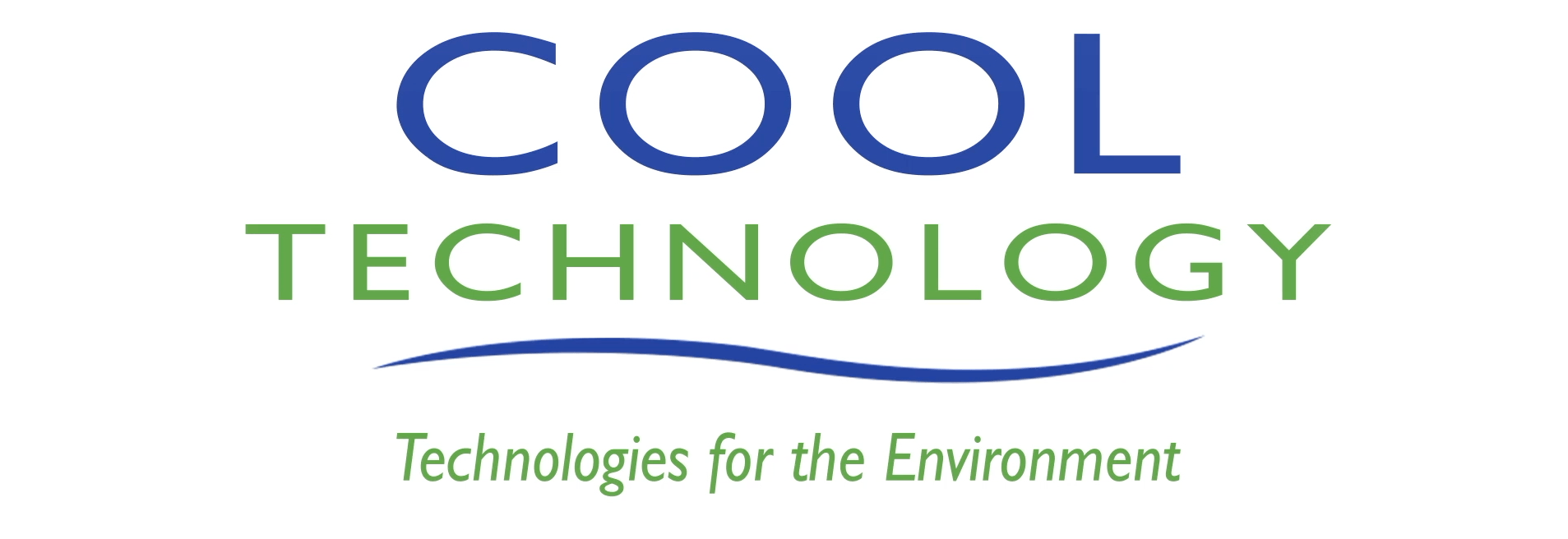Why effective cooling is essential for crypto mining and AI

Crypto and AI computing capacity are the two main reasons for large data centre cooling projects at the moment. It takes vast amounts of power to mine crypto currencies like Bitcoin, Ethereum, Solana and Cardano. It also takes huge amounts of power to train and run AI systems. And in both cases using all that power generates enormous amounts of heat, which isn’t a good thing in a data context. So let’s take a tour of crypto and AI and see how the latest cooling tech is helping enable the future.
Why is heat bad in a digital data context?
Enterprise servers and storage equipment operate best at temperatures between 15°C and 32°C. The heat generated by the equipment means cooling is essential for data centres, usually achieved by cooling the air. When it’s hot outdoors the task is even more of a challenge. Hot weather also means increased electricity costs for cooling systems and, if there’s a heatwave, potential system outages.
New, purpose built, energy efficient data centres are designed to handle a wide range of temperatures from minus 40°C to 40C. Older data centres struggle during heatwaves. But if it regularly gets hotter than 40c, which is becoming ever-more likely, even the most innovative purpose built data centres could see a drop in efficiency along with sharp rises in the cost of keeping things cool.
In 2019
Computer World
reported that the energy consumption of data centres is set to account for 3.2 percent of the
total worldwide carbon emissions by 2025. Five years on, things are just as serious. By 2040 merely storing digital data could drive 14% of the world’s emissions, about the same as the entire USA. The combination of ongoing climate change and increasing energy use is going to affect data centre finances and efficiencies more than ever in future.
How much energy does it take to mine crypto currencies and AIs?
A 1000 Watt ASIC Bitcoin Miner generates around 400-500 Watts of heat. This is a significant amount of heat, making it vital to have adequate cooling in place to prevent the miner from overheating. Machine learning also uses huge amounts of energy, measured in megawatts per hour, and there’s quite a difference between training a model for the first time and releasing it for use.
Training an AI is extremely energy intensive, much more so than other data centre activities. If you’re training a large language model like GPT-3, you might use as much as 1300 megawatt hours of electricity. As you can imagine the heat generated is significant and the cost of cooling things down can quickly become downright alarming.
Energy-efficient, cost-saving cooling solutions for crypto mining and data centres
Luckily there are some brilliant modular plug and play cooling units around, designed for rapid deployment to businesses. They deliver unparalleled cooling efficiency for crypto mining and AI training and deployment settings. Better still this is unusually simple tech that relies on natural phenomena. It harnesses natural direct fresh air cooling, known and loved as the very best way to cool data centres using air, and the cost is surprisingly low.
Using efficient EC fans and proven natural evaporative cooling that’s been used for thousands of years by people across the world, these units don’t contain any refrigerants. An impressive 99% of the power used by the unit drives the fans, providing a Power Usage Effectiveness level of 1.05.
Not only are they extremely efficient and effective. The units are super-simple to install and maintain, giving data centres and miners much lower capital and operational costs than old-school refrigerant and liquid cooling systems.
When it’s cold outdoor the ambient air mixed with hot re-circulated air cools the data centre beautifully. When it’s a hot day or the humidity is low evaporative cooling reduces the ambient temperature therefore increasing the humidity.
Bespoke fresh air cooling systems are designed with efficiency and cost effectiveness in mind no matter how large the airflow is. Bespoke systems can be designed to optimise the layout and racking for impressively low capital costs and a very low operational cost per kW.
A Fresh Air Cloud Cooling Solution for your data centre or mining farm
Evaporative cooling can slash your cooling costs by as much as 90% while complying with ASHRAE 9.9 and producing an impressive PUE of under 1.1. With crypto-currencies on the upward trajectory again and innovative AI eating up more power than ever before, it’s a solution without compare.
It’s also a solution that cools a lot more than data centres, hosting centres and crypto-miners. Shops and factories, public transport, warehouses and sports centres, bakeries and offices all benefit from this remarkable cooling technology that’s revolutionising the way businesses work while cutting energy bills to the bone. To know more and enjoy an exciting discussion,
get in touch.

